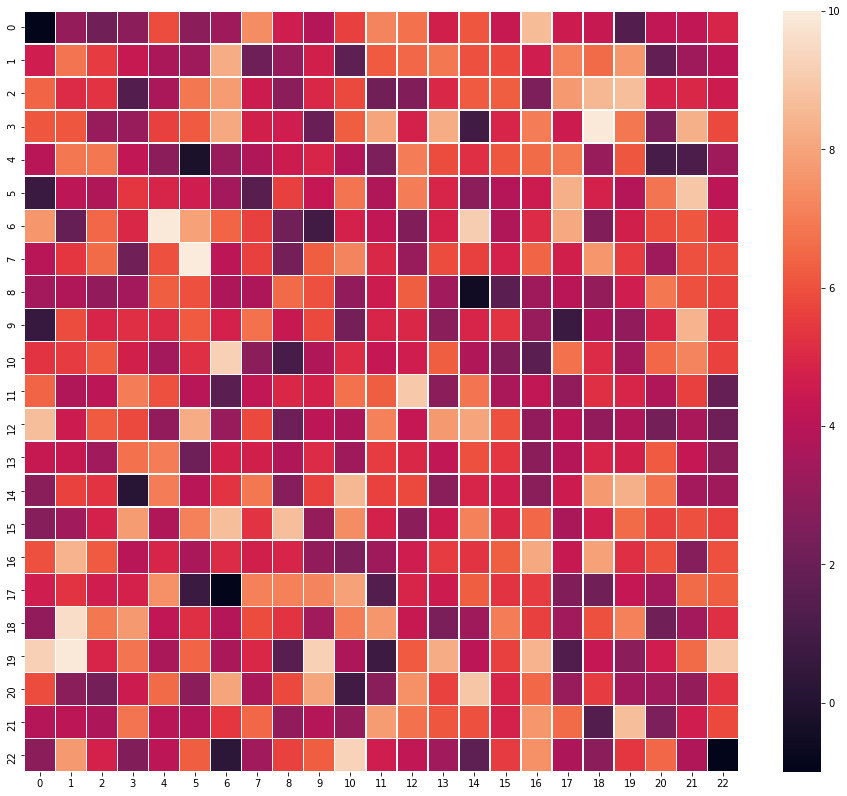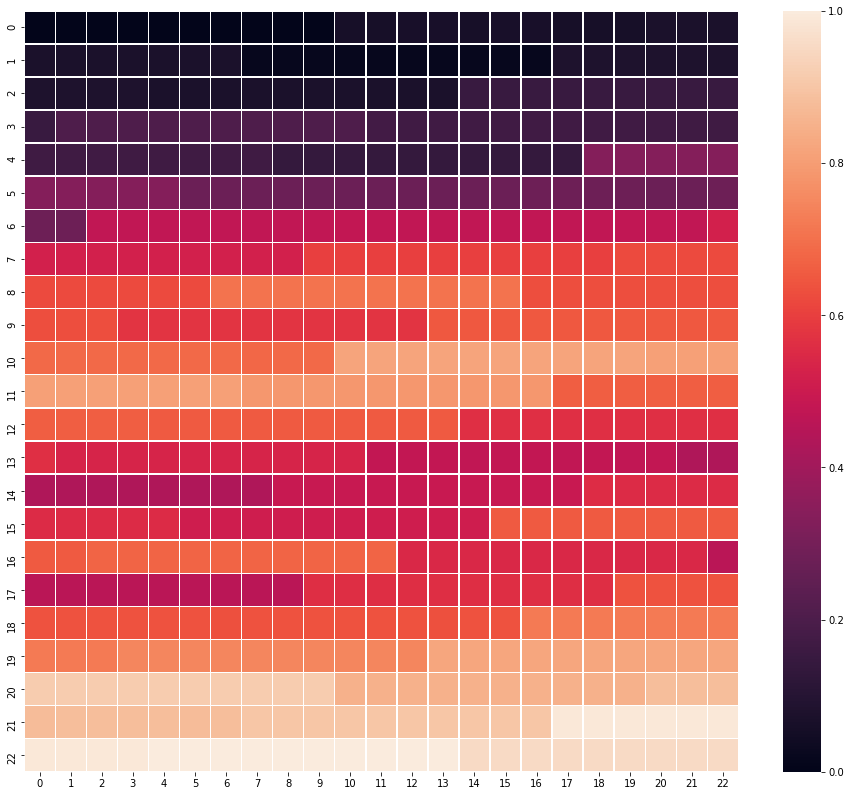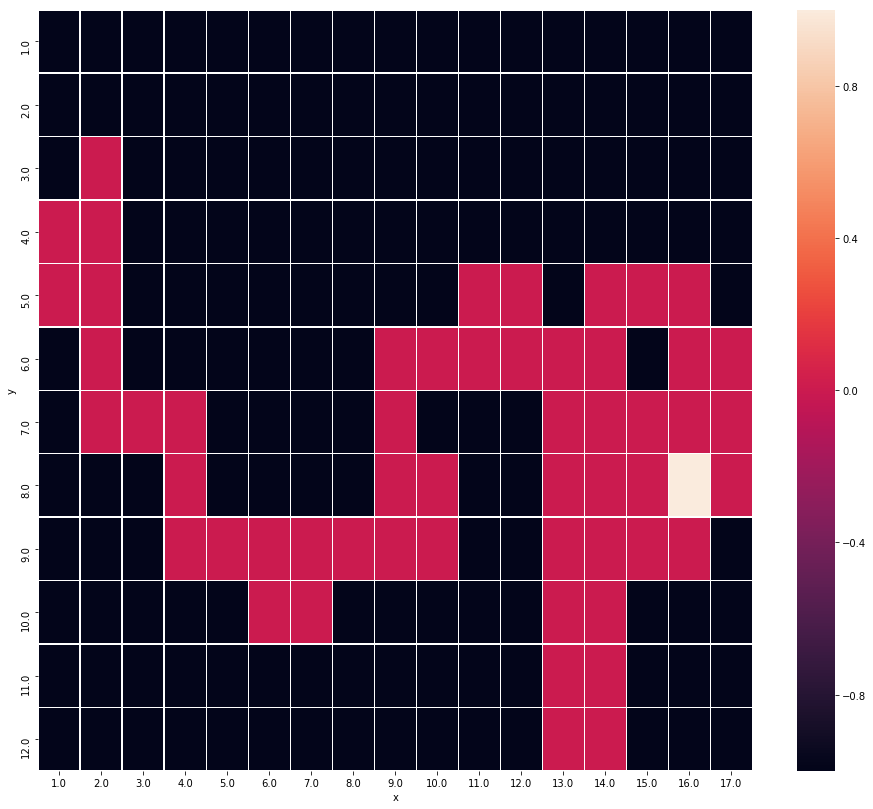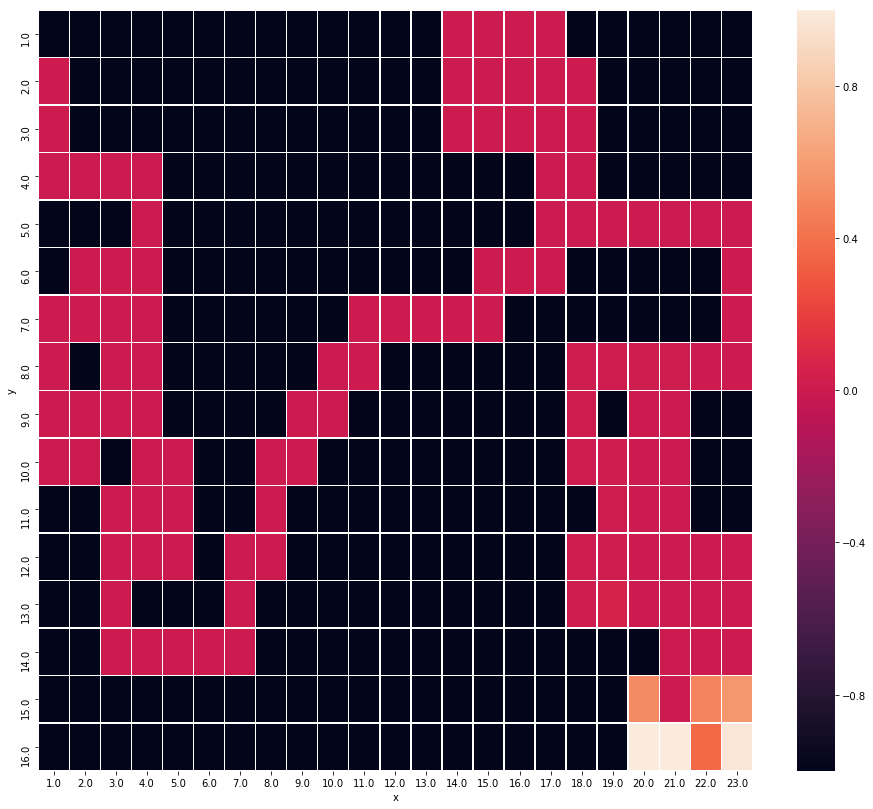The purpose of this repository is to make prototypes as case study in the context of proof of concept(PoC) that I have written in my website: Accel Brain (Japanese). Especially, natural language processing, statistical machine learning, and deep reinforcement learning are main topics.
The basic theme in my PoC is a Lifehack, which is any technique that reduces the burden of our life and make it easier to control, or more convenient. Considering that many lifehack solutions are technological and obviously product design and development technology are kind of life which can be hacked, lifehack itself also can be purpose of lifehack. Because of this Autologie, a seemingly endless round of my PoC and technological prototypes is rotary driven by Selbstreferenz to repeat lifehack of lifehack cyclically.
In this problem setting and recursive solutions, this repository is functionally differentiated by compositions such as information collection, searching optimal solution, and focus booster. Each function can be considered an integral component of lifehack solutions. These tools make it possible to efficiency the process of contemplation and accelerate our brain, enabling provisions for the developments of other tools in this repository.
All code, implemented as in an algorithm of machine learning or data science, reflects the concept of proof of concept(PoC). Especially, natural language processing, statistical machine learning, and deep reinforcement learning are main topics.
pysummarization is Python3 library for the automatic summarization, document abstraction, and text filtering.
The function of this library is automatic summarization using a kind of natural language processing. This library enable you to create a summary with the major points of the original document or web-scraped text that filtered by text clustering.
Full documentation is available on https://code.accel-brain.com/Automatic-Summarization/ . This document contains information on functionally reusability, functional scalability and functional extensibility.
The function of pydbm is building and modeling Restricted Boltzmann Machine(RBM) and Deep Boltzmann Machine(DBM). The models are functionally equivalent to stacked auto-encoder. The basic function is the same as dimensions reduction(or pre-training). And this library enables you to build many functional extensions from RBM and DBM such as Recurrent Temporal Restricted Boltzmann Machine(RTRBM), Recurrent Neural Network Restricted Boltzmann Machine(RNN-RBM), Long Short-Term Memory Recurrent Temporal Restricted Boltzmann Machine(LSTM-RTRBM), and Shape Boltzmann Machine(Shape-BM).
This is Cython version. pydbm_mxnet (MXNet version) is derived from this library.
As more usecases, RTRBM, RNN-RBM, and LSTM-RTRBM can learn dependency structures in temporal patterns such as music, natural sentences, and n-gram. RTRBM is a probabilistic time-series model which can be viewed as a temporal stack of RBMs, where each RBM has a contextual hidden state that is received from the previous RBM and is used to modulate its hidden units bias. The RTRBM can be understood as a sequence of conditional RBMs whose parameters are the output of a deterministic RNN, with the constraint that the hidden units must describe the conditional distributions. This constraint can be lifted by combining a full RNN with distinct hidden units. In terms of this possibility, RNN-RBM and LSTM-RTRBM are structurally expanded model from RTRBM that allows more freedom to describe the temporal dependencies involved.
The usecases of Shape-BM are image segmentation, object detection, inpainting and graphics. Shape-BM is the model for the task of modeling binary shape images, in that samples from the model look realistic and it can generalize to generate samples that differ from training examples.

Image in the Weizmann horse dataset. |

Binarized image. |

Reconstructed image by Shape-BM. |
Full documentation is available on https://code.accel-brain.com/Deep-Learning-by-means-of-Design-Pattern/ . This document contains information on functionally reusability, functional scalability and functional extensibility.
pyqlearning is Python library to implement Reinforcement Learning, especially for Q-Learning which can be optimized by Annealing models such as Simulated Annealing, Adaptive Simulated Annealing, and Quantum Monte Carlo Method.
According to the Reinforcement Learning problem settings, Q-Learning is a kind of Temporal Difference learning(TD Learning) that can be considered as hybrid of Monte Carlo method and Dynamic Programming method. As Monte Carlo method, TD Learning algorithm can learn by experience without model of environment. And this learning algorithm is functional extension of bootstrap method as Dynamic Programming Method.
In this library, Q-Learning can be distinguished into Epsilon Greedy Q-Leanring and Boltzmann Q-Learning. These algorithm is functionally equivalent but their structures should be conceptually distinguished.
Considering many variable parts and functional extensions in the Q-learning paradigm from perspective of commonality/variability analysis in order to practice object-oriented design, this library provides abstract class that defines the skeleton of a Q-Learning algorithm in an operation, deferring some steps in concrete variant algorithms such as Epsilon Greedy Q-Leanring and Boltzmann Q-Learning to client subclasses. The abstract class in this library lets subclasses redefine certain steps of a Q-Learning algorithm without changing the algorithm's structure.
There are many hyperparameters that we have to set before the actual searching and learning process begins. Each parameter should be decided in relation to Reinforcement Learning theory and it cause side effects in training model. This issue can be considered as Combinatorial optimization problem which is an optimization problem, where an optimal solution has to be identified from a finite set of solutions. In this problem setting, this library provides an Annealing Model such as Simulated Annealing to search optimal combination of hyperparameters.
As exemplified in annealing_hand_written_digits.ipynb, there are many functional extensions and functional equivalents of Simulated Annealing. For instance, Adaptive Simulated Annealing, also known as the very fast simulated reannealing, is a very efficient version of simulated annealing. And Quantum Monte Carlo, which is generally known a stochastic method to solve the Schrödinger equation, is one of the earliest types of solution in order to simulate the Quantum Annealing in classical computer.
search_maze_by_q_learning.ipynb is a Jupyter notebook which demonstrates a simple maze solving algorithm based on Epsilon-Greedy Q-Learning or Q-Learning, loosely coupled with Deep Boltzmann Machine(DBM).
In this demonstration, let me cite the Q-Learning, loosely coupled with Deep Boltzmann Machine(DBM). As API Documentation of pydbm library has pointed out, DBM is functionally equivalent to stacked auto-encoder. The main function I observe is the same as dimensions reduction(or pre-training). Then the function of this DBM is dimensionality reduction of reward value matrix.
Q-Learning, loosely coupled with Deep Boltzmann Machine(DBM), is a more effective way to solve maze. The pre-training by DBM allow Q-Learning agent to abstract feature of reward value matrix and to observe the map in a bird's-eye view. Then agent can reach the goal with a smaller number of trials.
As shown in the below image, the state-action value function and parameters setting can be designed to correspond with the optimality of route.

Maze map |

Feature Points in the maze map |

The result of searching by Epsilon-Greedy Q-Learning |

The result of searching by Q-Learning, loosely coupled with Deep Boltzmann Machine. |
Full documentation is available on https://code.accel-brain.com/Reinforcement-Learning/ . This document contains information on functionally reusability, functional scalability and functional extensibility.
These JavaScript modules are library to implement Reinforcement Learning, especially for Q-Learning. These modules are functionally equivalent to pyqlearning.
pycomposer is Python library for Algorithmic Composition or Automatic Composition by Reinforcement Learning such as Q-Learning and Recurrent Temporal Restricted Boltzmann Machine(RTRBM). Q-Learning and RTRBM in this library allows you to extract the melody information about a MIDI tracks and these models can learn and inference patterns of the melody. And This library has wrapper class for converting melody data inferenced by Q-Learning and RTRBM into MIDI file.
Full documentation is available on https://code.accel-brain.com/Algorithmic-Composition/. This document contains information on functionally reusability, functional scalability and functional extensibility.
This is the simple card box system that make you able to find and save your ideas.
You can write down as many ideas as possible onto cards. Like the KJ Method or the mindmap tools, this simple JavaScript tool helps us to discover potential relations among the cards that you created. And the tagging function allow you to generate metadata of cards as to make their meaning and relationships understandable.
AccelBrainBeat is a Python library for creating the binaural beats or monaural beats. You can play these beats and generate wav files. The frequencys can be optionally selected.
This Python script enables you to handle your mind state by a kind of "Brain-Wave Controller" which is generally known as Biaural beat or Monauarl beats in a simplified method.
Full documentation is available on https://code.accel-brain.com/Binaural-Beat-and-Monaural-Beat-with-python/ . This document contains information on functionally reusability, functional scalability and functional extensibility.
These modules are functionally equivalent to Python Scripts in AccelBrainBeat.
These JavaScript are tool for experimentation of subliminal perception.
This is a demo code for my case study in the context of my website.
- chimera0(RUM)
- GNU General Public License v2.0